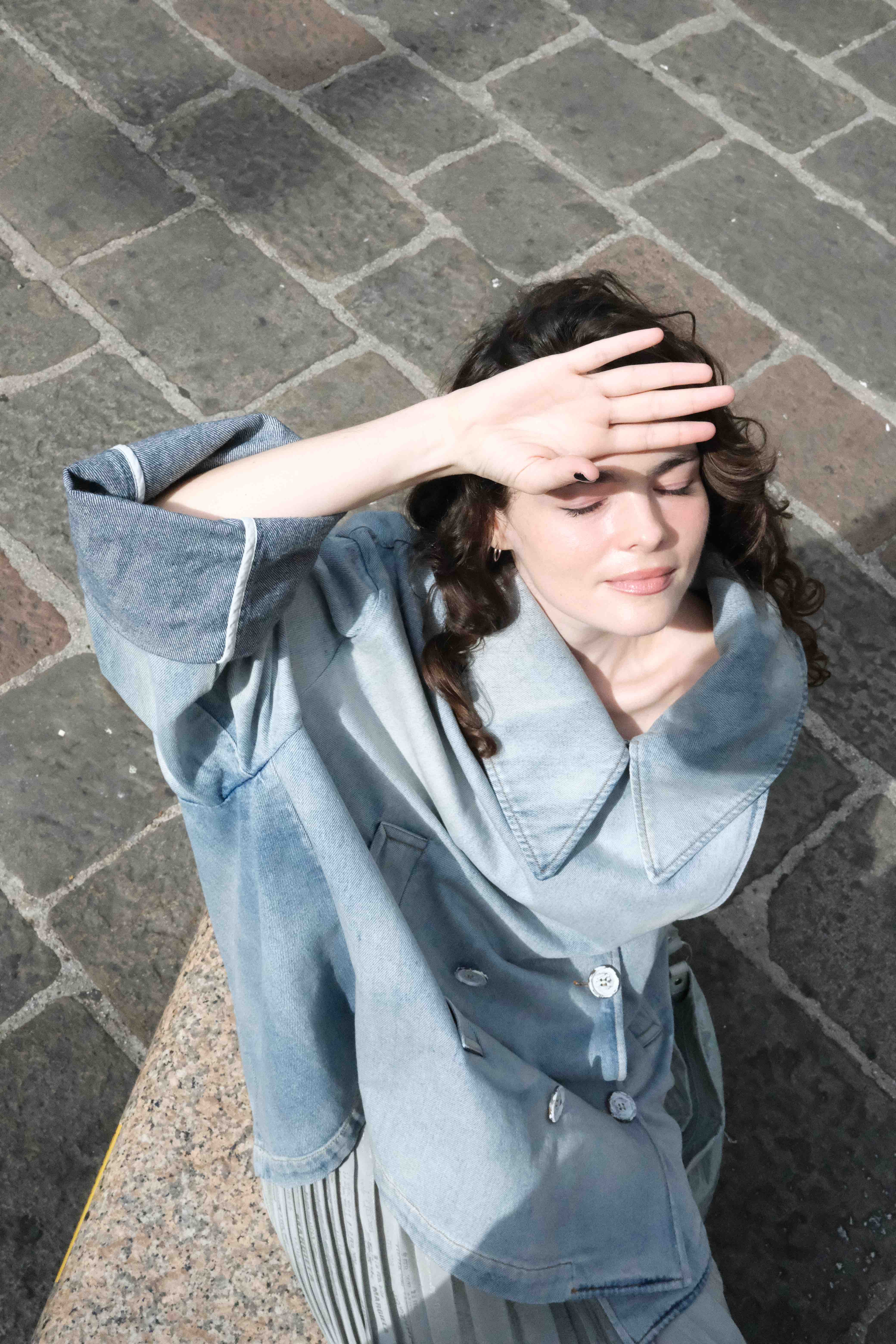F L A U N T

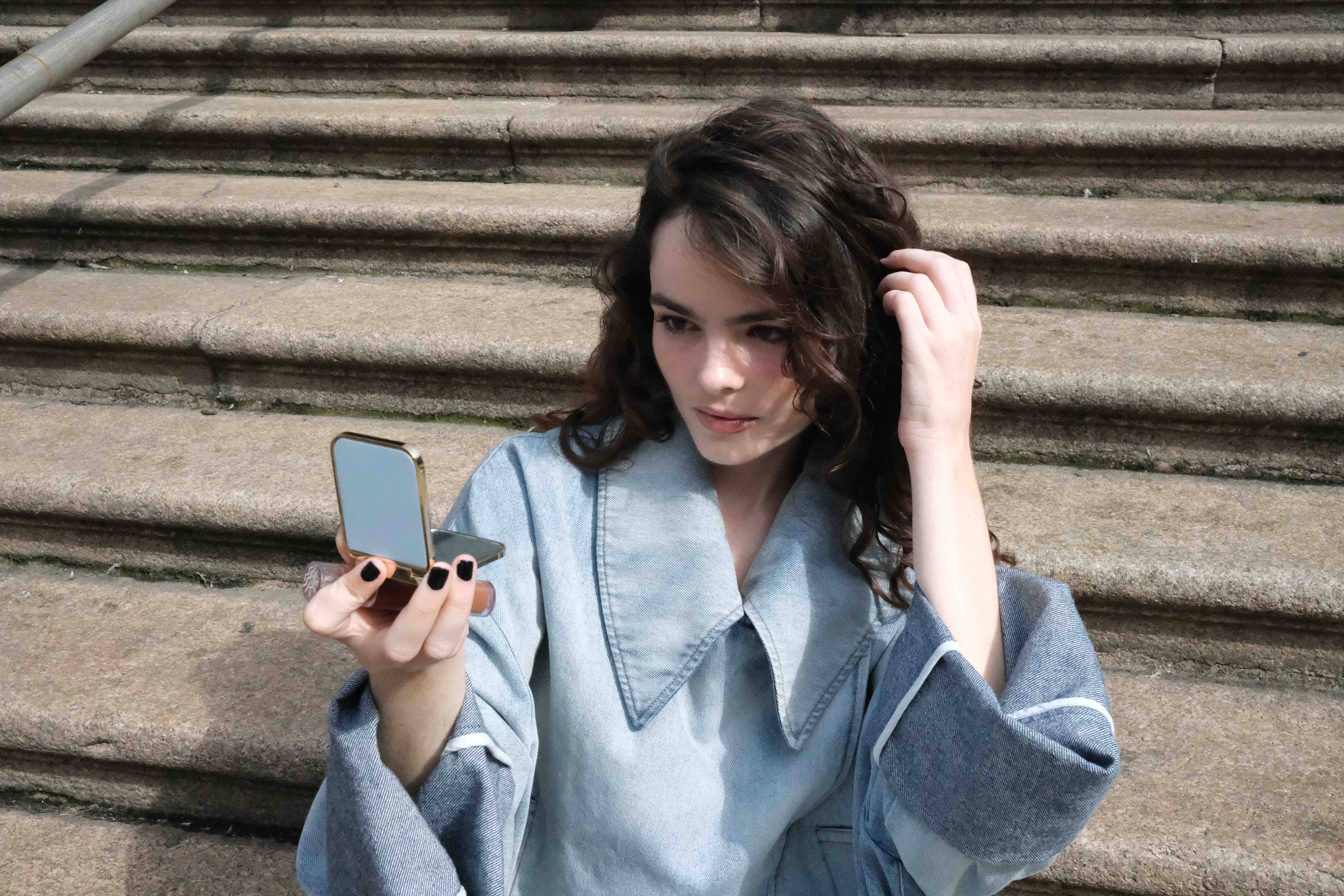
Fashion week is less an event than a performance in constant reprise—ritual, memory, spectacle colliding at once. But for Micaela Wittman, it’s also a kind of cinema—each look, each gesture, each detail caught in the act of telling a story. At Maison Margiela’s MM6 presentation in Milan, her impressions didn’t arrive as fashion notes so much as film references: a baby-blue suit that pulled her straight into Julia Roberts’ Pretty Woman, skirt-and-coat pairings echoing Sigourney Weaver’s boardroom armor in Working Girl. In her reading, MM6’s corporate-chic revival felt like costume design on the runway—archival, referential, but deeply alive in the present.
That lens is unmistakably hers. Wittman, who has moved fluidly between indie cult status (Clairevoyant), bestselling author (Remy & Arletta), and star turns in films alongside Julia Fox and Ashley Moore, approaches clothing with the same reverence she brings to a role. Costume, to her, is never incidental. It is first impression, architecture, defense. “Society is a battlefield,” she writes, “and fashion is your armor.” It’s a philosophy that threads through her career, from being handpicked by Hedi Slimane for V Magazine’s Next Generation of Cinema Stars to partnering with houses like CELINE, Armani, and Tory Burch. I know what you're thinking—I want to be her, too!
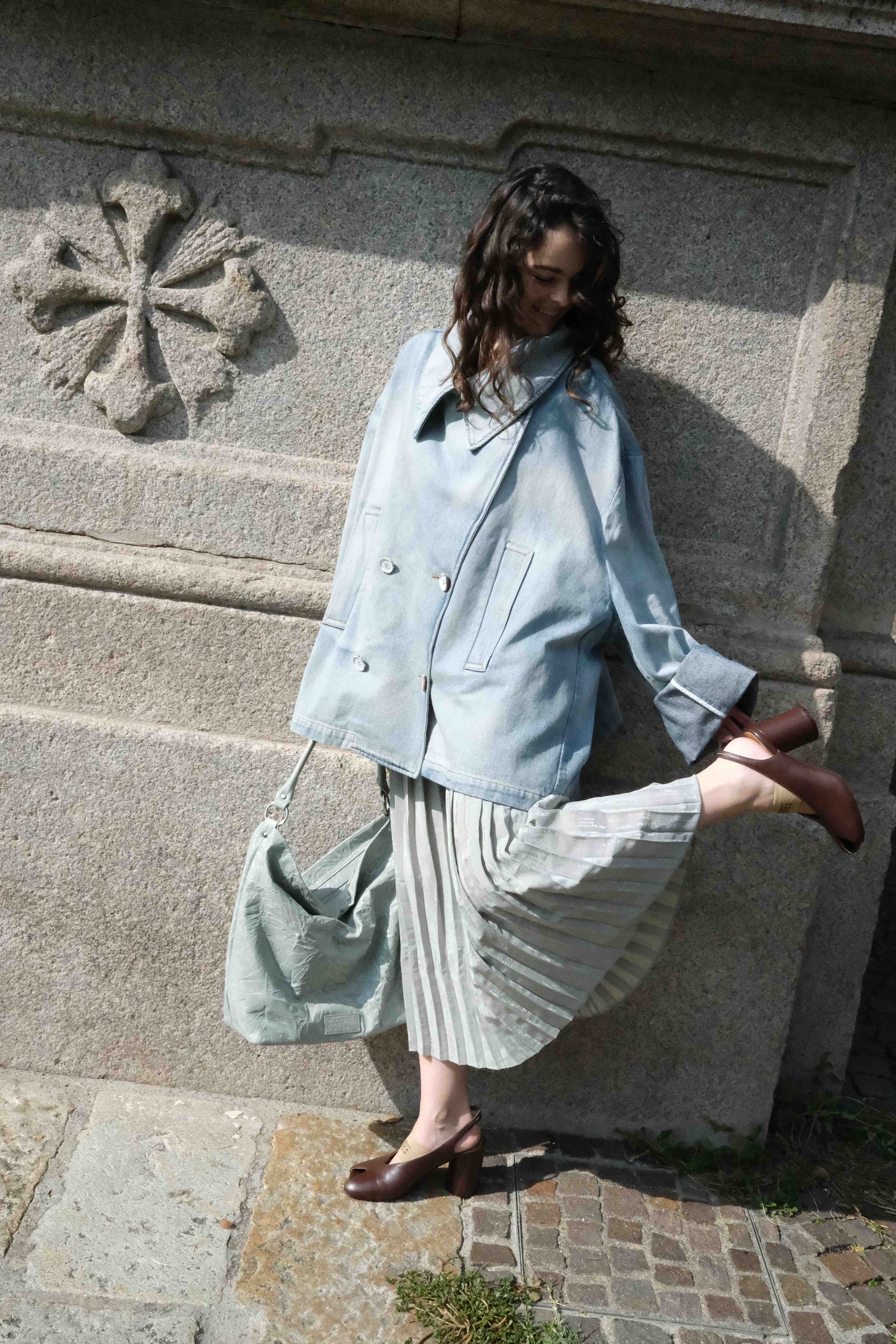
MM6, long positioned as Margiela’s laboratory for reworking the everyday, thrives on precisely this kind of storytelling. Its padded shoulders and flowing silhouettes are simultaneously satire and sincerity, nostalgic and subversive. For Wittman, who counts Zendaya and Julia Fox as case studies in the strategic power of style, the collection felt like a continuation of the dialogue between fashion, film, and identity—an ongoing negotiation of image in a moment where the personal and the performative blur into one.
Below, Wittman takes us inside her process: the cold coffee left untouched but kept for comfort, the GRWM ritual that felt like making a short film, the thrill of recognizing cinematic DNA stitched into a garment, and her reflections on how fashion shields, transforms, and reframes. It’s less a front-row diary than a study in what it means to experience fashion week as both participant and narrator—absorbing the show, filtering it through memory, and letting the images speak back.
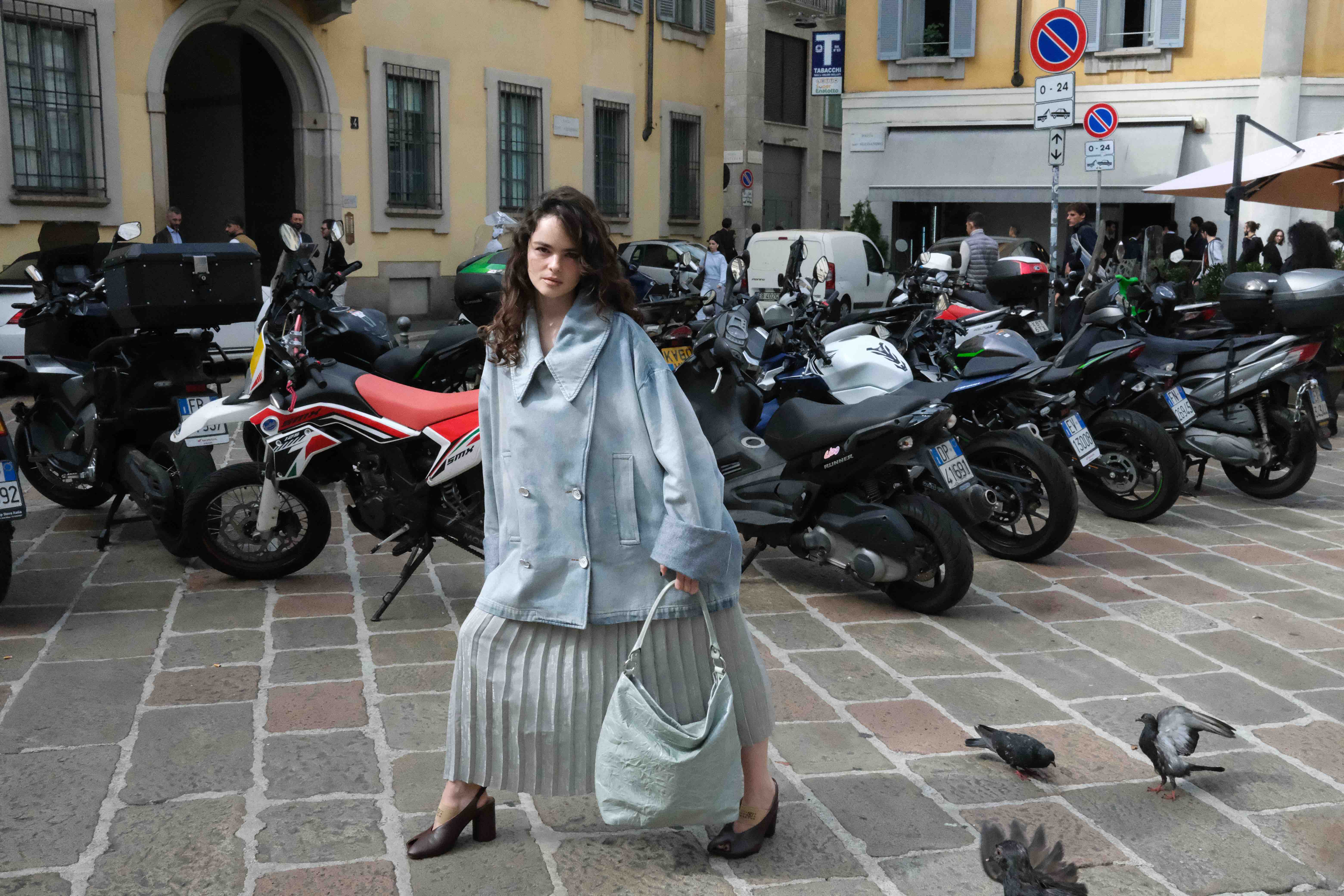
Tell me about your getting-ready process for the MM6 Maison Margiela SS26 Milan fashion show. Do you have any pre-show beauty or fashion rituals?
I make sure to have a coffee with me even though it just sits and gets cold. It's just comforting to have nearby. I try to give myself a long time to get ready because I'm very nervous, so I'd rather be 100% ready to go just sitting around waiting rather than rushing to make it out the door. I also shot a GRWM video so this time I kinda felt like I was making a film which was very comforting. It kind of elevated the process and made it feel a little sacred. Hope to do it again, honestly.
What were some of your favorite memories from the runway? I’d love to hear which looks stood out to you the most and why.
I loved this late 80s early 90s vibe working girl with a twist thing they were doing. The flowy skirts with the padded shoulder coats was a nice juxtaposition. There was this baby blue look that reminded me of Julia Roberts' blood orange city short/suit jacket combo in 'Pretty Woman' when she's talking to her old best friend by the pool. I’m so glad trends have come back around. Very Sigourney Weaver 'Working Girl', too.
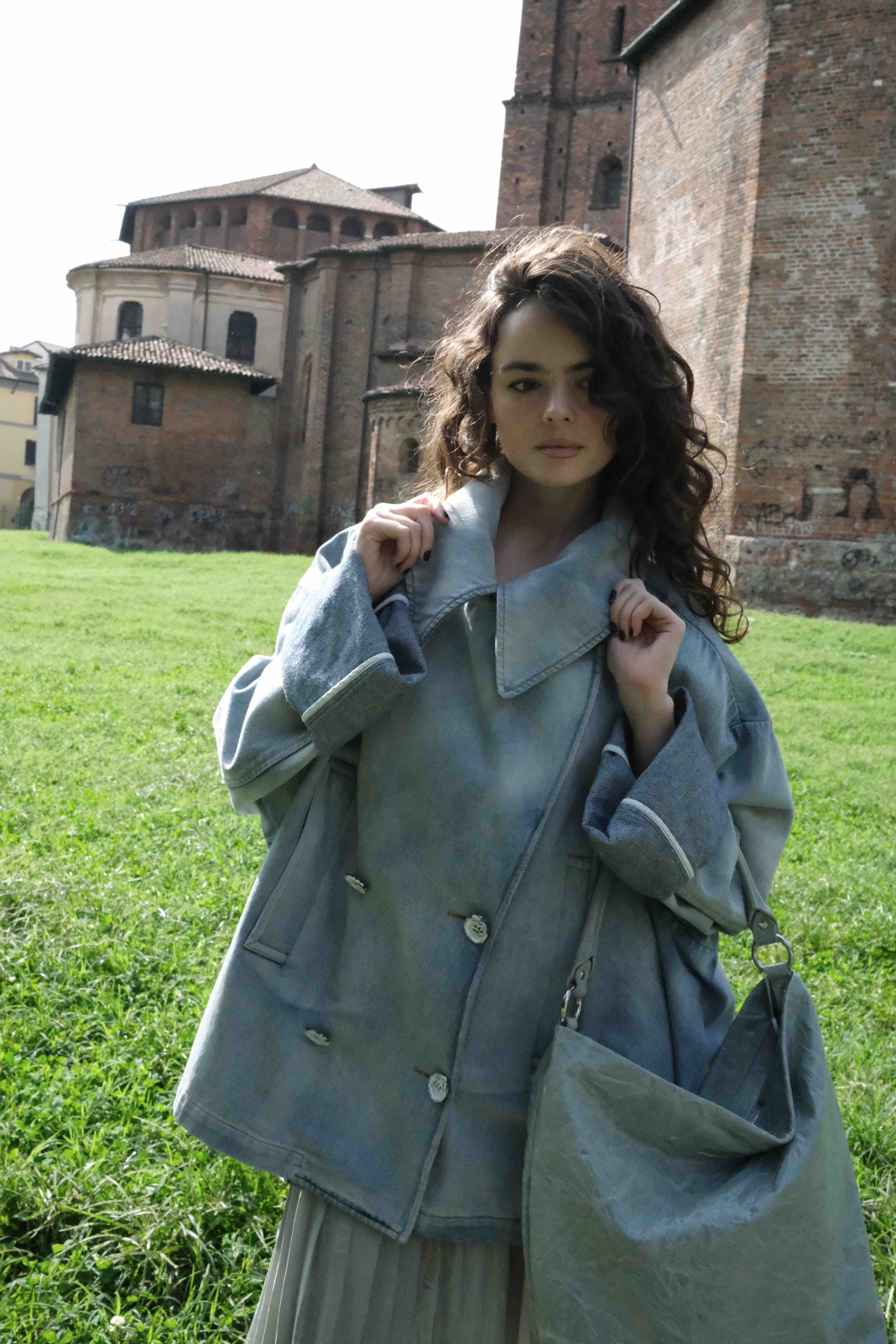
As both an actress and filmmaker, in what ways do you think fashion can be used in film to craft identity or help shape storytelling?
Costume is the first impression. For 10 seconds before characters, or people for that matter, open their mouths, all the talking gets done by the clothes. It’s true in life and film. I mourn costume designers like Edith Head. Instead of bespoke garments that existed somewhere between the real world and the fantasy of the film, costuming is now seen as an afterthought. Not enough budget or time is allocated to it anymore which is a shame since film costuming has had such a massive effect on fashion trends in the past.
MM6 is rooted in the concept of heightened normality. What does personal style mean to you, and how do you embed your style into your everyday wear, both on- and off-screen?
Society is a battlefield and fashion is your armor. I resisted being fashionable for a very long time and I don’t even know if I really am still, but embracing fashion has just really protected me from judgement and made my life a lot easier both socially and professionally. When you buy a brand or work with them, it’s like a royal coat of arms - you’re protected from those cynical enough to wish you harm.
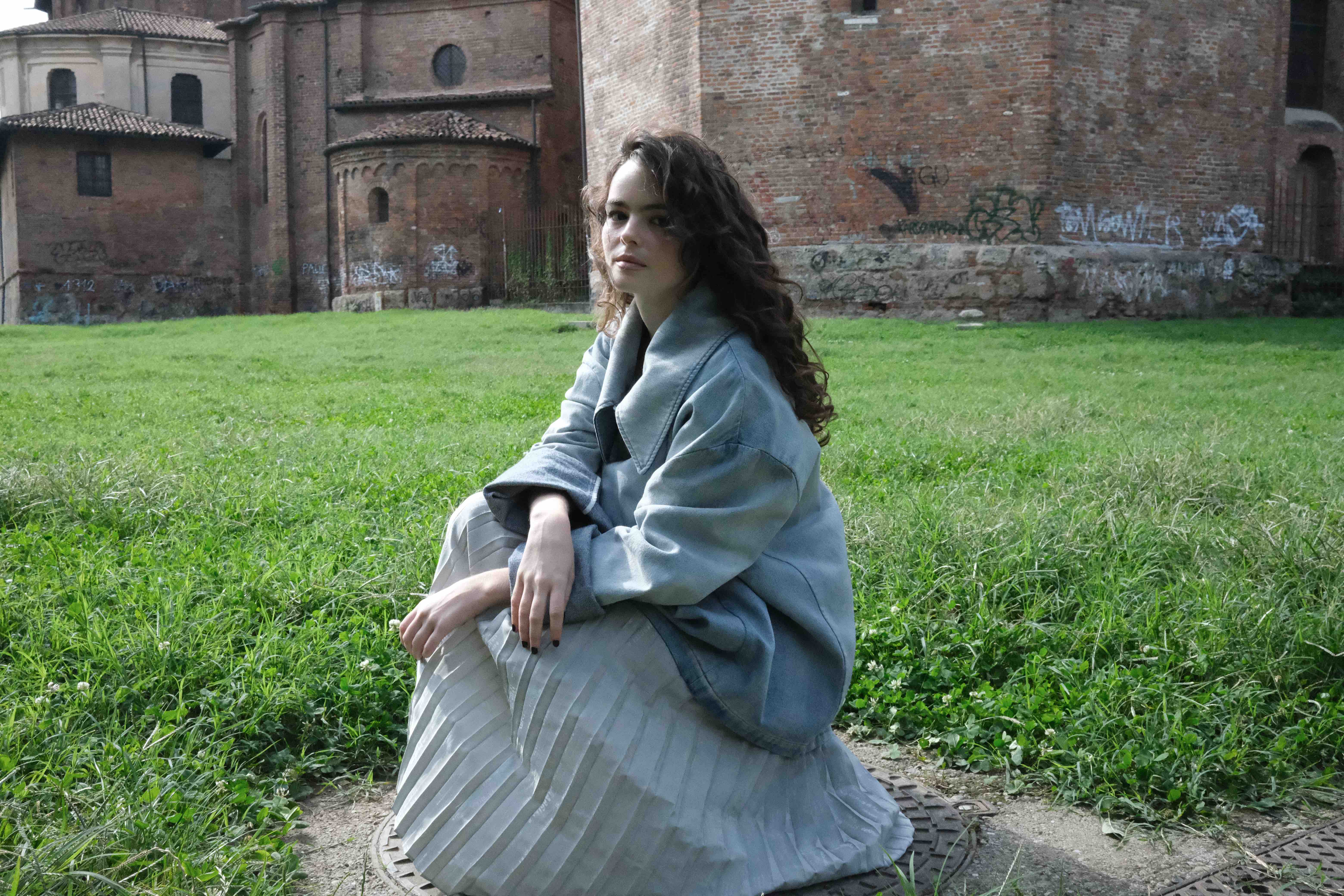
Who are your current biggest fashion role models at the moment?
Zendaya. The way she and Law Roach used fashion and associative branding to break out of her Disney channel image and into superstardom - they could teach a college course on it. They probably already do. Also Julia Fox, who’s since upped the ante due to the changing online landscape but is following the same principles of fashion as a weapon to gain relevancy and play the game. Working on a film with her was a dream.
What is something you are looking forward to?
My two films releasing next year. Making it is the fun part but watching people react is a close second.
